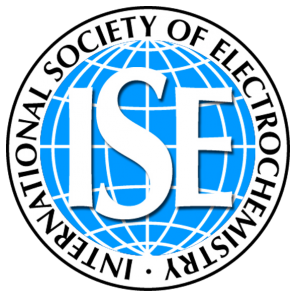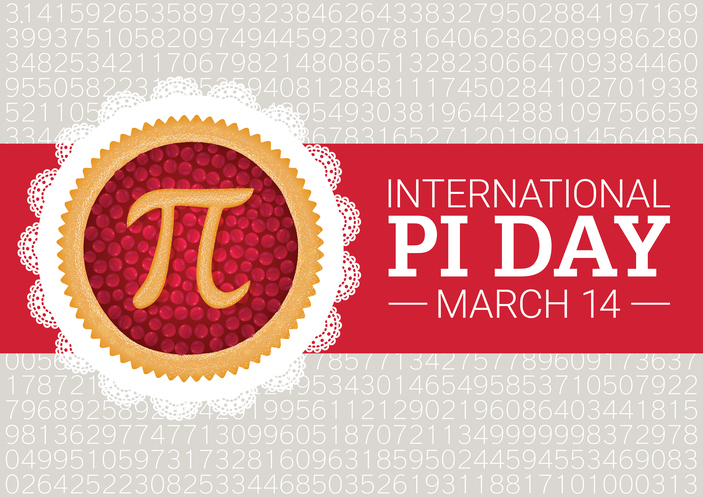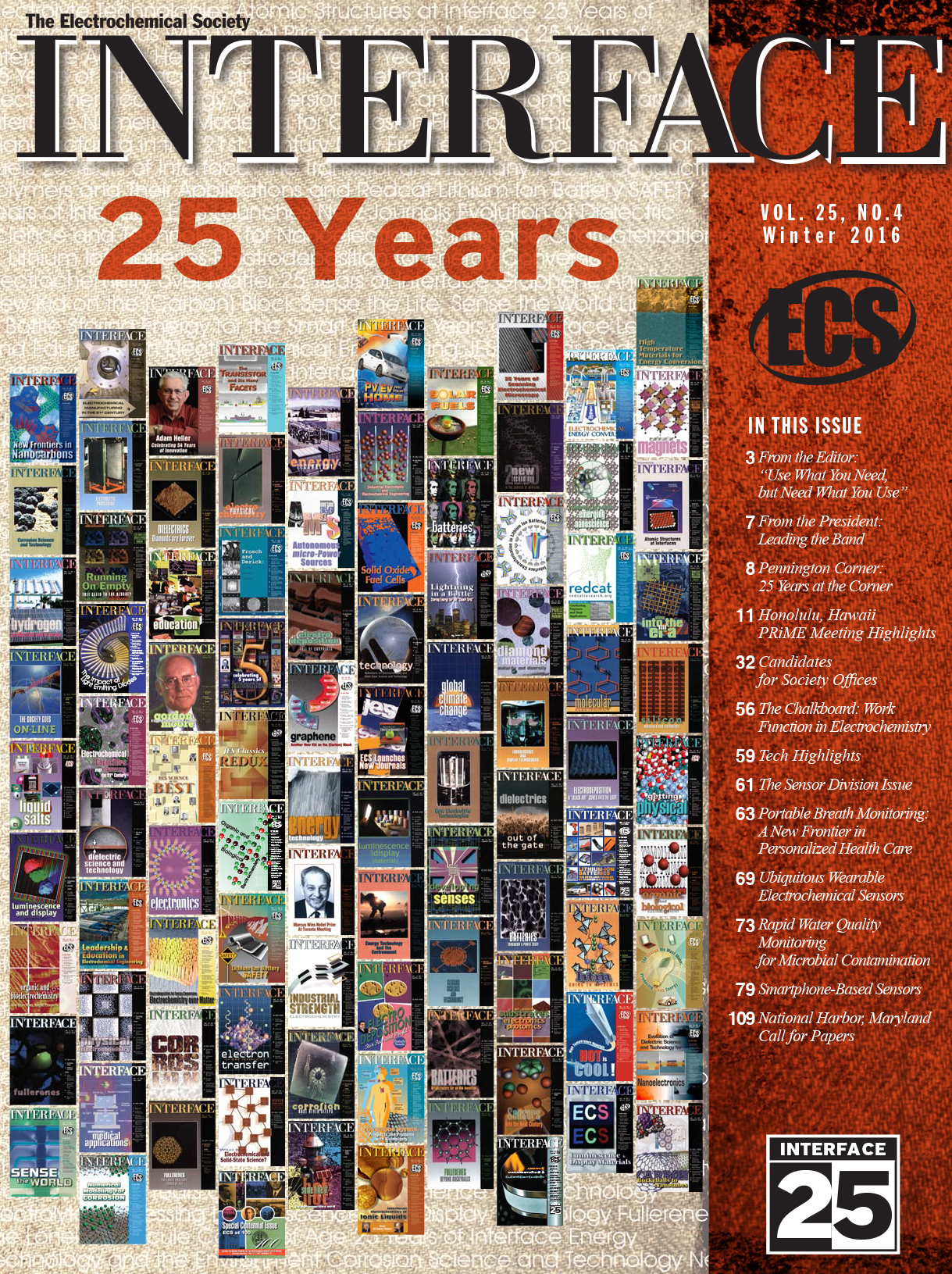 One of the keys to developing a successful electric vehicle relies on energy storage technology. For an EV to be successful in the marketplace, it must be able to travel longer distances (i.e. over 300 miles on a single charge).
One of the keys to developing a successful electric vehicle relies on energy storage technology. For an EV to be successful in the marketplace, it must be able to travel longer distances (i.e. over 300 miles on a single charge).
A team of researchers from Georgia Institute of Technology, including ECS fellow Meilin Liu, has recently created a nanofiber that they believe could enable the next generation of rechargeable batteries, and with it, EVs. The recently published research describes the team’s development of double perovskite nanofibers that can be used as highly efficient catalysts in fast oxygen evolution reactions. Improvements in this key process could open new possibilities for metal-air batteries.
“Metal-air batteries, such as those that could power electric vehicles in the future, are able to store a lot of energy in a much smaller space than current batteries,” Liu says. “The problem is that the batteries lack a cost-efficient catalyst to improve their efficiency. This new catalyst will improve that process.”


 ECS is a sponsor of the
ECS is a sponsor of the  Richard Poynder (
Richard Poynder ( On March 14, or 3/14, mathematicians and other obscure-holiday aficionados celebrate Pi Day, honoring π, the Greek symbol representing an irrational number that begins with 3.14. Pi, as schoolteachers everywhere repeat, represents the ratio of a circle’s circumference to its diameter.
On March 14, or 3/14, mathematicians and other obscure-holiday aficionados celebrate Pi Day, honoring π, the Greek symbol representing an irrational number that begins with 3.14. Pi, as schoolteachers everywhere repeat, represents the ratio of a circle’s circumference to its diameter.
 ECS is committed to open access through
ECS is committed to open access through  ECS isn’t the only one celebrating an anniversary this year. As we celebrate 115 years of excellence as a publisher, meeting convener, and multi-faceted scientific society, this year also marks an important 15-year milestone in the open access movement. In 2002, the Budapest Open Access Initiative was hosted by the Open Society Foundations and to this day serves as a landmark meeting in communicating the importance and urgency of open access necessities.
ECS isn’t the only one celebrating an anniversary this year. As we celebrate 115 years of excellence as a publisher, meeting convener, and multi-faceted scientific society, this year also marks an important 15-year milestone in the open access movement. In 2002, the Budapest Open Access Initiative was hosted by the Open Society Foundations and to this day serves as a landmark meeting in communicating the importance and urgency of open access necessities.